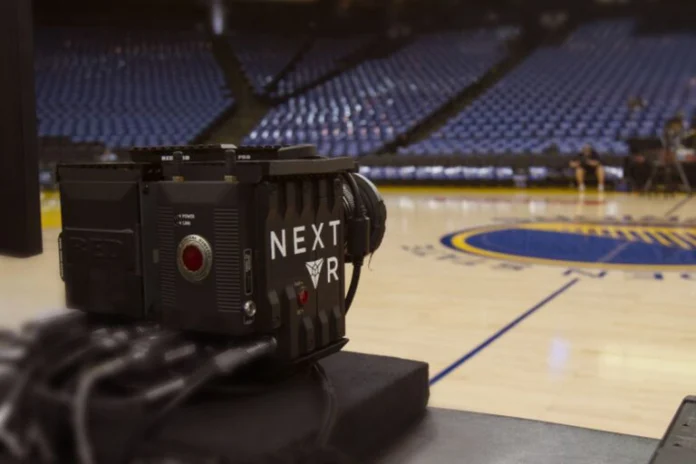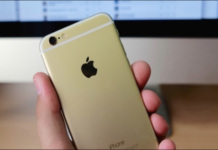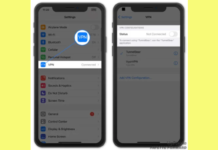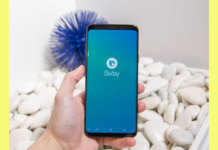Apple, long the champion of augmented reality (AR), might be making a surprising u-turn towards virtual reality (VR). This shift is hinted at by their recent acquisition of NextVR, a VR broadcasting startup, raising eyebrows and sparking speculation about the future of their mixed reality plans.
On the surface, the acquisition seems odd. Apple has been laser-focused on mobile AR, leaving VR largely to Facebook’s Oculus. However, rumors of a mixed reality headset launch in 2022, coupled with this acquisition, suggest a deeper play than previously acknowledged.
However, the question remains: has Apple had a major epiphany about AR content? Unlikely. It’s still unclear what truly “great” AR content looks like. Launching a mixed reality headset in a couple of years while simultaneously bolstering VR content with NextVR’s tech makes more sense for a first-gen AR device in a fledgling market.
The NextVR deal, estimated at $100 million, is a curious move. While not a windfall for investors, it’s surprisingly robust given the VR market’s current state. If Apple doesn’t have substantial VR plans, this seems like a hefty price tag for something they potentially won’t utilize fully. However, NextVR’s VR content broadcasting tech hints at long-term ambitions beyond just sports leagues (one of their key partnerships).
Apple’s growing content muscle, flexed through efforts like Apple TV+, makes the acquisition even more intriguing. Could it be a strategic move to jumpstart content creation for new devices in their pipeline?
The catch? VR content doesn’t translate seamlessly to AR. NextVR’s tech relies on the full field-of-view of current VR headsets, immersing users in a completely 3D environment. While technical hurdles might eventually allow AR users to experience this content similarly, current devices lack the field-of-view to do it justice. Advances in AR display technology have been glacial, and existing devices are far from VR-optimized. Yet, Apple might be betting on this changing soon.
Facebook, with its Oculus hardware, struggled for years to build a robust VR content ecosystem. The “chicken-and-egg” problem – not enough content for users, not enough users to attract developers – forced them to single-handedly bankroll VR creation for years. Apple might face a similar struggle with AR.
With Magic Leap fading into obscurity, Apple will inherit a barren AR landscape upon their eventual device launch. They’ve traditionally relied on developer relationships to populate new platforms with compelling experiences, but ARKit’s lackluster consumer adoption raises concerns. Developers might adopt a wait-and-see approach, leaving Apple to shoulder the burden of generating launch content.
Perhaps ARKit’s biggest misstep has been failing to showcase its potential on mobile devices. Despite multiple iterations, Apple has been timid in displaying first-party use cases. Their most high-profile example? A downloadable 3D measuring app. Few truly groundbreaking, spatially-aware experiences have emerged.
In the meantime, VR might be a safer bet for Apple. Quality VR content is generally easier to produce, it interacts less with the real world, and developers have greater control over the end-to-end experience. Leveraging NextVR’s tech could provide Apple with a ready stream of VR content enjoyable on both a mixed reality headset and, eventually, more technologically complex AR glasses.
While Tim Cook and others remain vocal about AR’s long-term potential, the challenges developers face are undeniable. VR’s allure might be growing stronger as Apple navigates these bumpy roads towards their mixed reality future.



